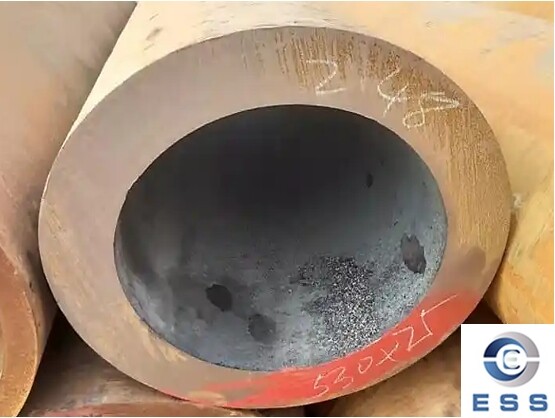
Can mild
steel tube be galvanized? Mild steel tube can be galvanized. Mild steel
tube refers to carbon
steel pipe with a carbon content of less than 0.25%. As a commonly used
metal material, it is widely used in various fields due to its good mechanical
properties and low cost. Galvanizing refers to immersing the mild steel tube in
molten zinc liquid or forming a zinc alloy layer on the surface of the mild
steel tube by electrolysis. In order to improve the corrosion resistance and
service life of mild steel tubes, galvanizing has become a common choice.
Process of galvanizing mild steel tube
The galvanizing process of mild steel tube
mainly includes hot dip galvanizing and electro galvanizing. Hot dip
galvanizing is to immerse the mild steel tube in molten zinc liquid to form a
zinc-iron alloy layer through zinc-iron reaction; while electro galvanizing is
to deposit a layer of pure zinc on the surface of the mild steel tube by electrolysis.
The process of galvanizing mild steel tube
mainly includes three stages: pretreatment, galvanizing and subsequent
treatment.
1. Pretreatment stage
Mainly cleaning and rust removal of mild
steel tubes to ensure that the galvanized layer can be firmly attached to the
surface of the steel pipe.
2. Galvanizing stage
Immerse the pretreated mild steel tube in
molten zinc liquid to make the zinc liquid react chemically with the surface of
the steel pipe to form a dense galvanized layer.
3. Subsequent treatment stage
Cooling, inspecting and packaging the
galvanized mild steel tube. For special purpose steel pipes such as OCTG pipe,
additional quality inspection may be required for subsequent treatment.
Advantages of galvanized mild steel tube
1. Improve corrosion resistance
The galvanized layer can effectively
isolate the mild steel tube from the external environment, thereby preventing
corrosion and rust and extending its service life.
2. Beautify the appearance
The surface of the galvanized mild steel
tube presents a silvery white luster, making its appearance brighter, smoother,
and more beautiful.
3. Enhance mechanical properties
The galvanized layer forms a good
combination with the mild steel tube matrix, which can improve the tensile
strength and ductility of the mild steel tube. It is especially suitable for
scenes requiring high strength such as boiler
tube.
Precautions for galvanizing mild steel
tubes
When galvanizing mild steel tubes, the
following points should be noted:
1. Choose the appropriate galvanizing
process and parameters to ensure that the quality and thickness of the
galvanized layer meet the requirements.
2. Pay attention to controlling the
temperature and time during the galvanizing process to avoid too long
galvanizing time resulting in too thick a zinc layer or impurities in the zinc
liquid penetrating into the steel pipe.
3. After galvanizing, the mild steel tube
should be fully cooled and inspected to ensure that its quality meets the
relevant standards.
4. When choosing a galvanizing
manufacturer, ensure that it has the corresponding production qualifications
and technical strength.
5. During the galvanizing process,
strengthen quality monitoring to promptly discover and deal with possible
problems.
6. For galvanized mild steel tubes,
attention should be paid to maintenance during use to avoid mechanical damage
or chemical corrosion.
Summary
In short, as an important metal
anti-corrosion technology, galvanizing of mild steel tubes plays an important
role in various fields. Zinc treatment of mild steel tubes can improve their
corrosion resistance, aesthetics and service life. However, when galvanizing,
it is necessary to pay attention to the selection of appropriate processes and
parameters, strengthen quality control, and pay attention to maintenance and
maintenance during use.
Read more: Difference between mild steel pipe and carbon steel pipe













 Eastern Steel Manufacturing Co.,Ltd not only improve product production and sales services, but also provide additional value-added services. As long as you need, we can complete your specific needs together.
Eastern Steel Manufacturing Co.,Ltd not only improve product production and sales services, but also provide additional value-added services. As long as you need, we can complete your specific needs together.










